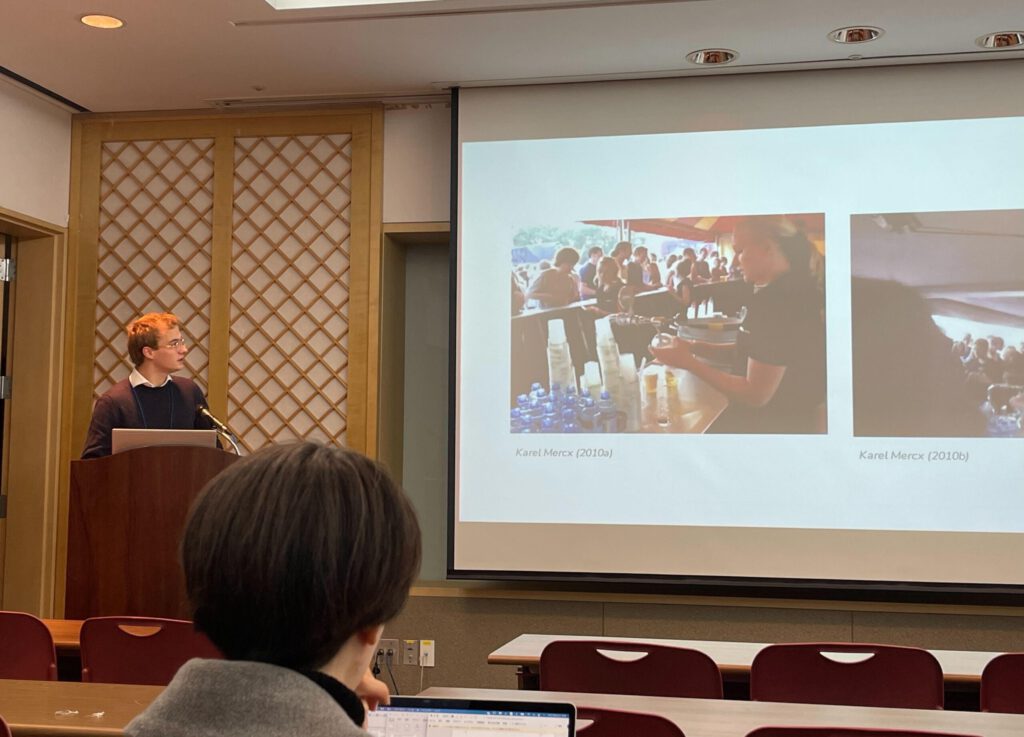
FairQ
Project
FairQ is a seamlessly integrated interactive bar counter, designed to improve both the customer ordering experience and the bartender’s working environment. Built on psychological principles of perceived fairness and waiting time, it visualizes the waiting queue through dynamic, entertaining elements that represent each customer’s relative waiting time—growing larger and warmer in colour the longer someone waits.
By creating shared awareness about the queue in an intuitive way, FairQ reduces customer frustration, discourages line-cutting, and helps bartenders to confidently identify who’s next in line. The result is a calmer, more respectful atmosphere where customers feel acknowledged and entertained, while bartenders experience a smoother workflow. Ultimately, the product aims to subtly enhance small-scale social interactions to contribute to a more enjoyable festival experience without disrupting accustomed routines.
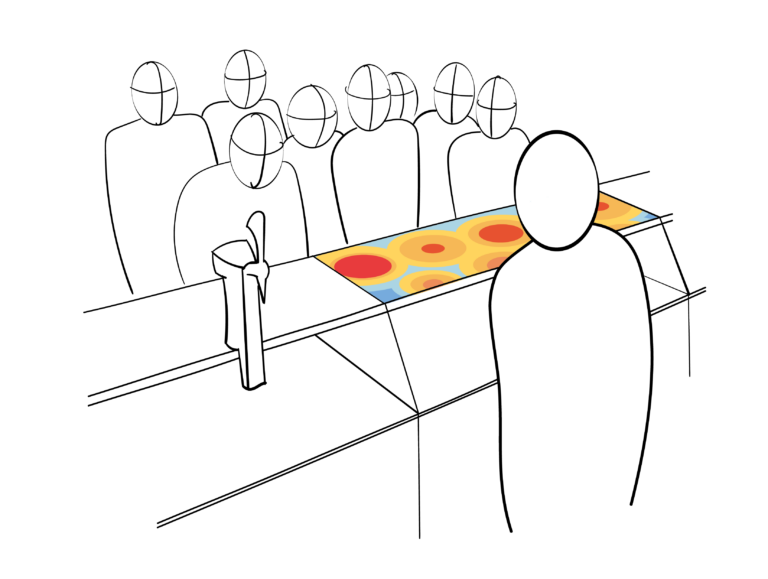
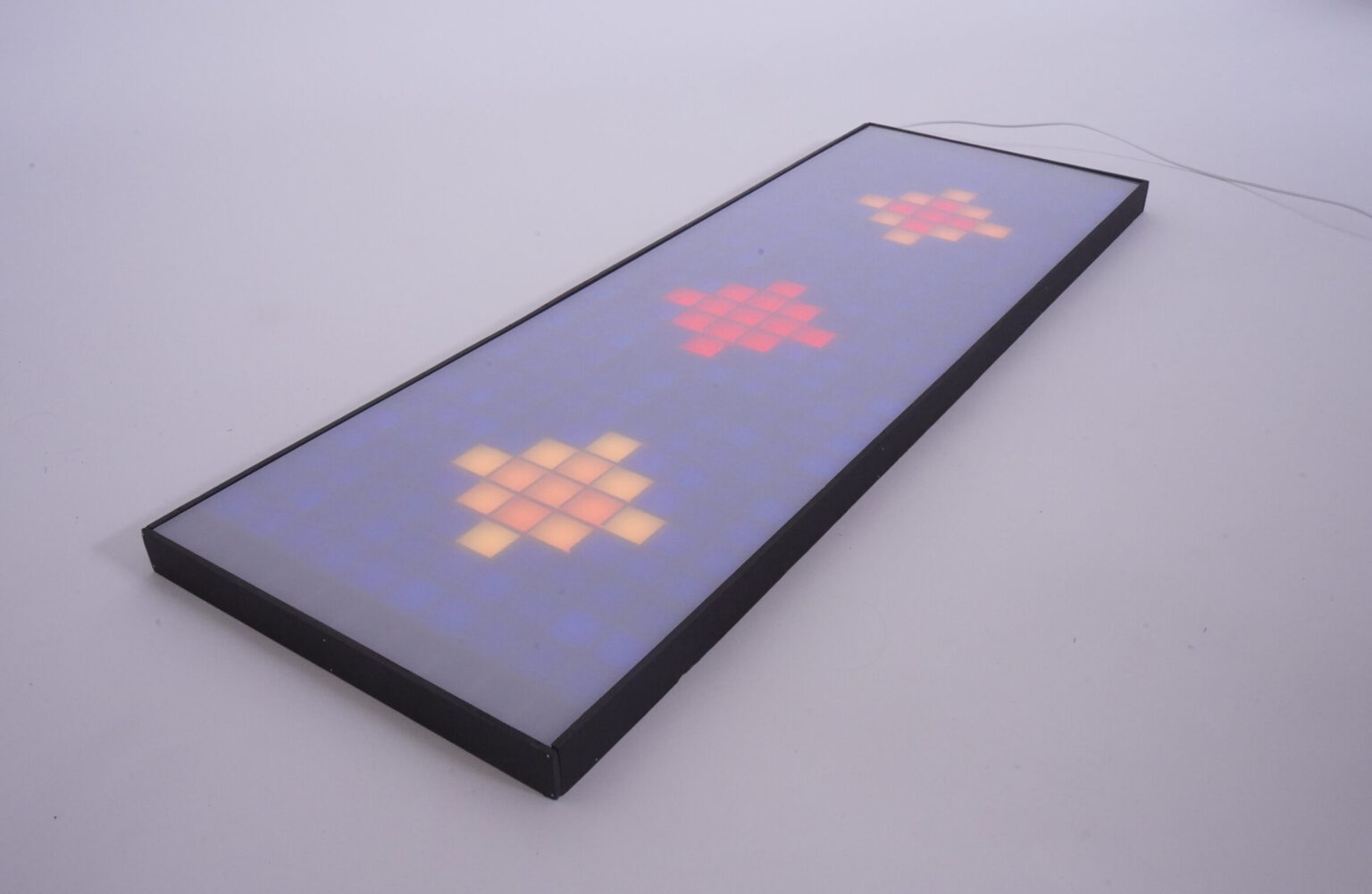
How does it work?
FairQ visualizes waiting time through interactive glowing elements embedded in the bar counter. As each customer enters a defined interaction zone in front of the bar, an overhead camera detects their arrival order. A corresponding element then appears in the embedded visualization, gradually growing in size and shifting from cool to warm hues as waiting time increases. These intuitive visual cues—size and color—clearly signal each customer’s place in the queue without requiring any explanation.
The system is designed to account for customers who move within the zone or temporarily look away, maintaining a fair order. If someone leaves the area entirely, their visual indicator is removed. All sensing is limited to this designated area and any data is processed locally and automatically deleted after the order is completed.
You queue at a festival bar

Another customer arrives

The situation becomes unclear and uneasy

When the bartender returns to his post, everyone knows who’s up next

Design driven by deep contextual understanding
FairQ was designed specifically for the dynamic and fast-paced setting of a festival bar—an environment that faces different challenges compared to similar bar contexts like cafés or pubs. Insights from in-depth field observations and interviews with both bartenders and festival-goers were combined with academic literature on waiting psychology, particularly around perceived fairness and social dynamics. Together, these insights shaped the system’s behavior, ensuring the design fits not only the physical, but also the emotional context.
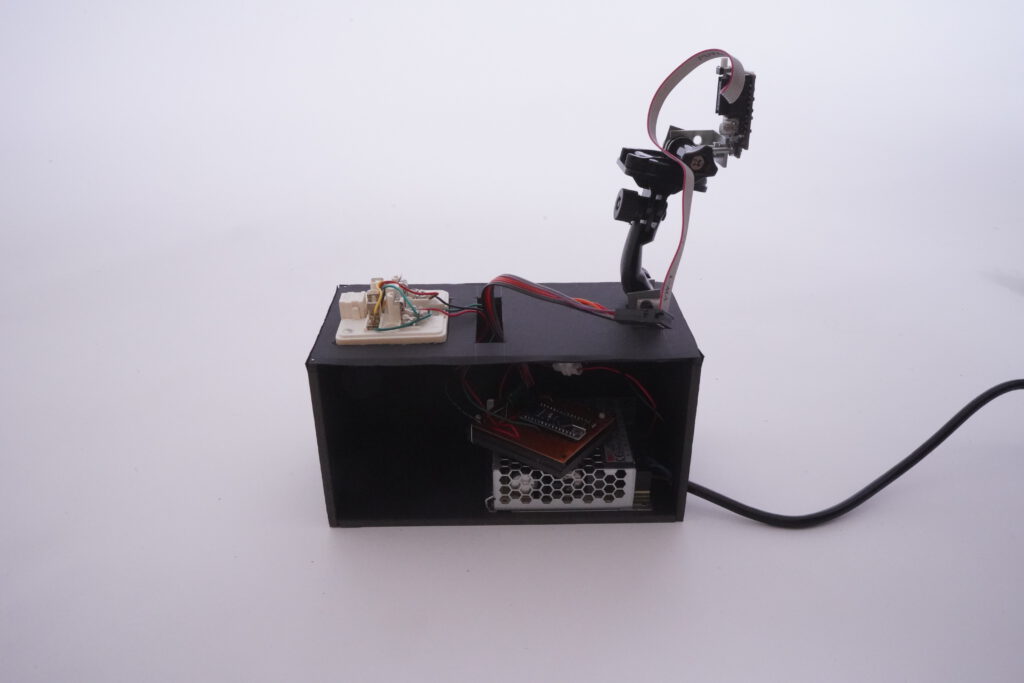
Designing and testing for two user groups
Unlike other consumer products or system-level designs, FairQ was created for two distinct user groups—bartenders and customers—who interact with it, but neither own nor operate it directly. The system was designed to function quietly in the background, subtly guiding interactions without demanding too much attention. This dynamic called for extensive user testing, including role-playing sessions, interviews and scenario-based walkthroughs with both bartenders and guests.
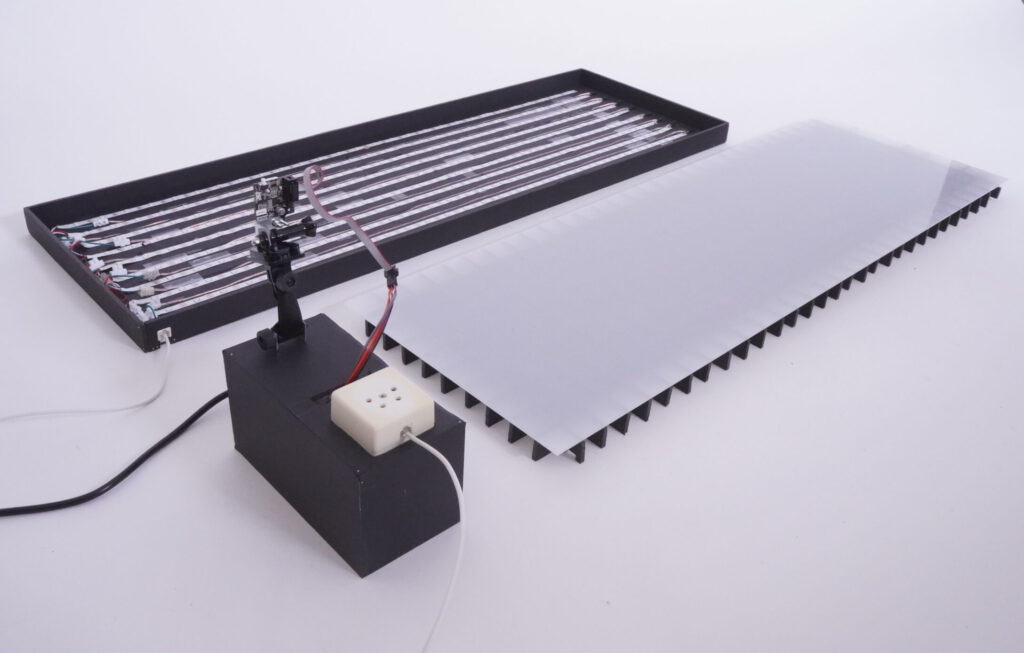
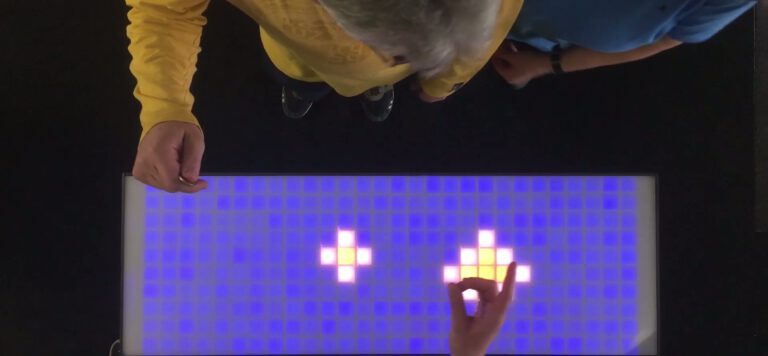
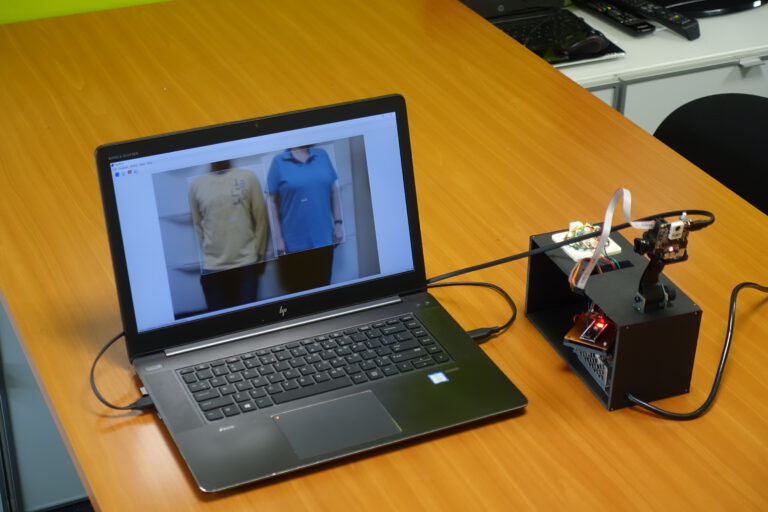
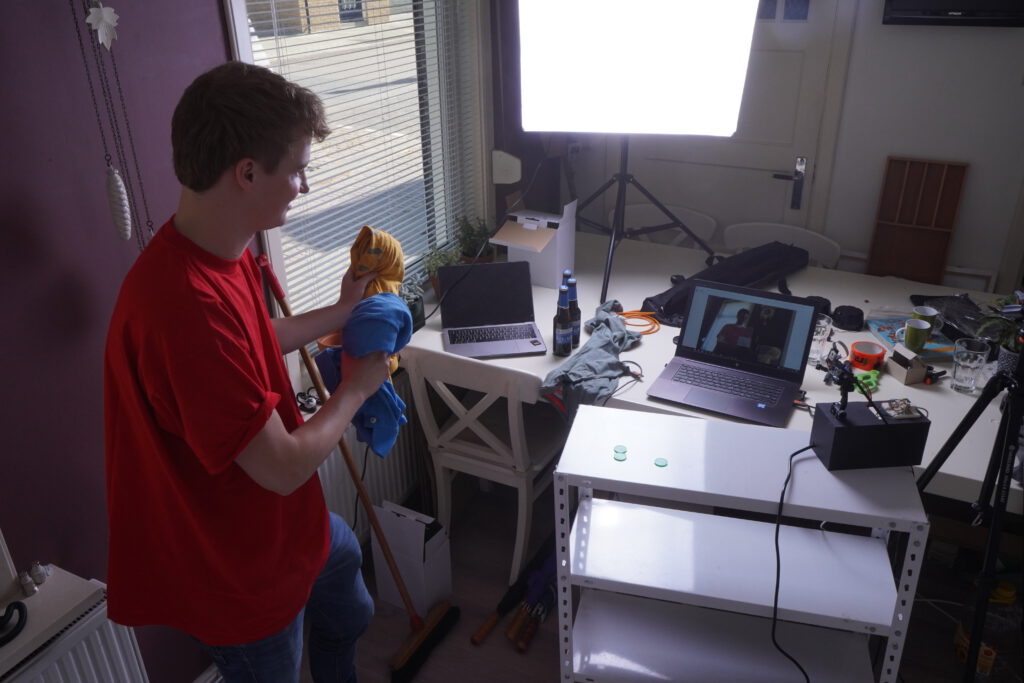
Presented across audiences and formats
Beyond its development, FairQ was presented to a range of audiences. It was first showcased to the general public at the Dutch Design Week, and later discussed from a more theoretical perspective at the ICES conference in South Korea. Each of these settings demanded for different formats—such as video scenarios, prototype demonstrations, posters, and presentations—all tailored to the specific perspectives and expectations of their audiences.
